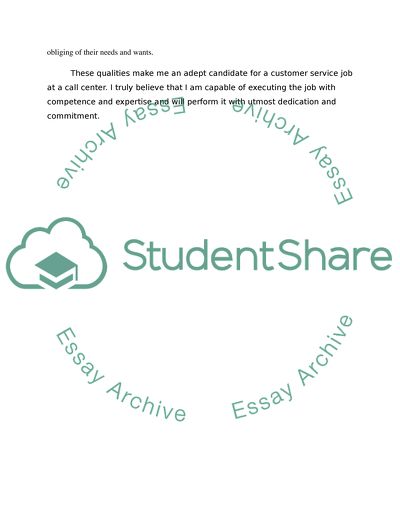Cite this document
(Nature of Online Interactions Behaviors and Relationships Literature review, n.d.)
Nature of Online Interactions Behaviors and Relationships Literature review. Retrieved from https://studentshare.org/social-science/1419192-no-topic
Nature of Online Interactions Behaviors and Relationships Literature review. Retrieved from https://studentshare.org/social-science/1419192-no-topic
(Nature of Online Interactions Behaviors and Relationships Literature Review)
Nature of Online Interactions Behaviors and Relationships Literature Review. https://studentshare.org/social-science/1419192-no-topic.
Nature of Online Interactions Behaviors and Relationships Literature Review. https://studentshare.org/social-science/1419192-no-topic.
“Nature of Online Interactions Behaviors and Relationships Literature Review”, n.d. https://studentshare.org/social-science/1419192-no-topic.


